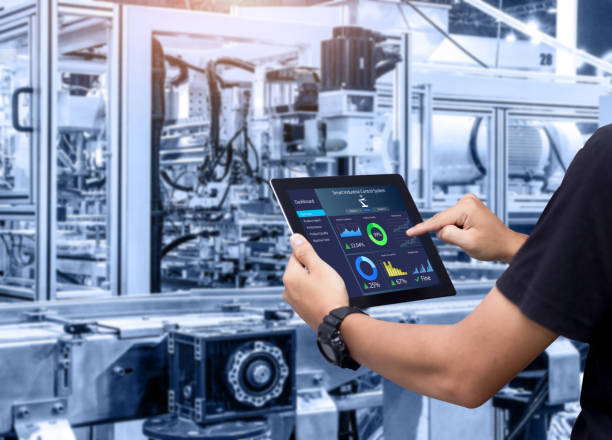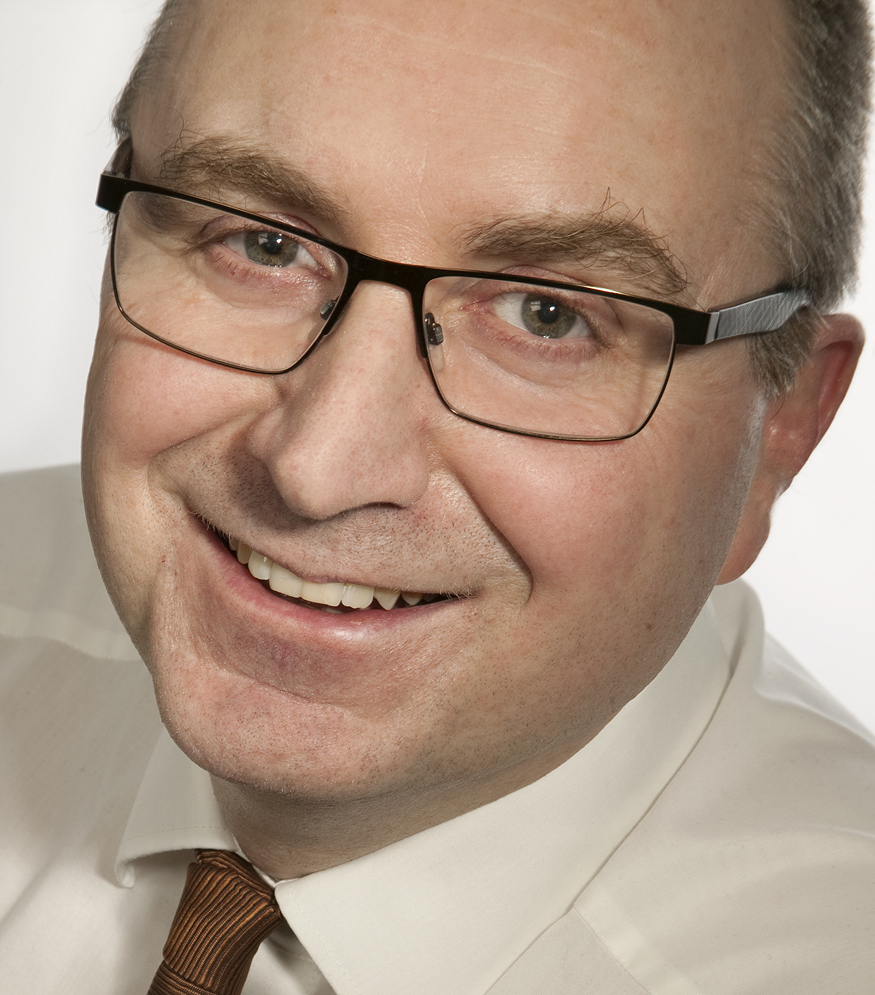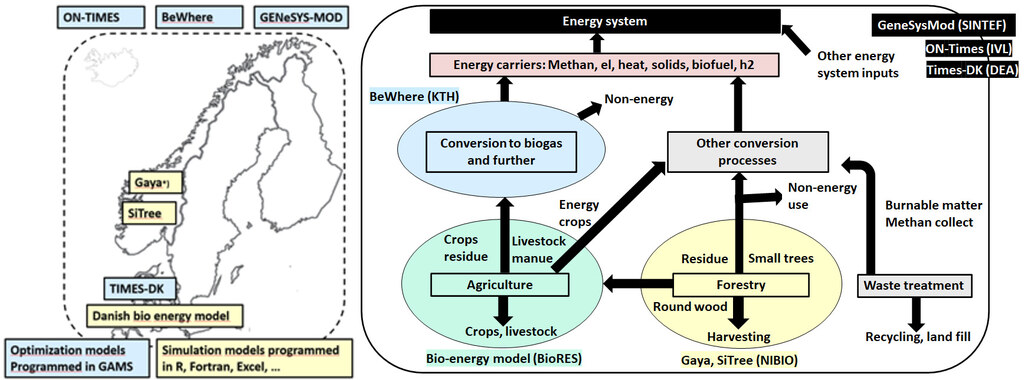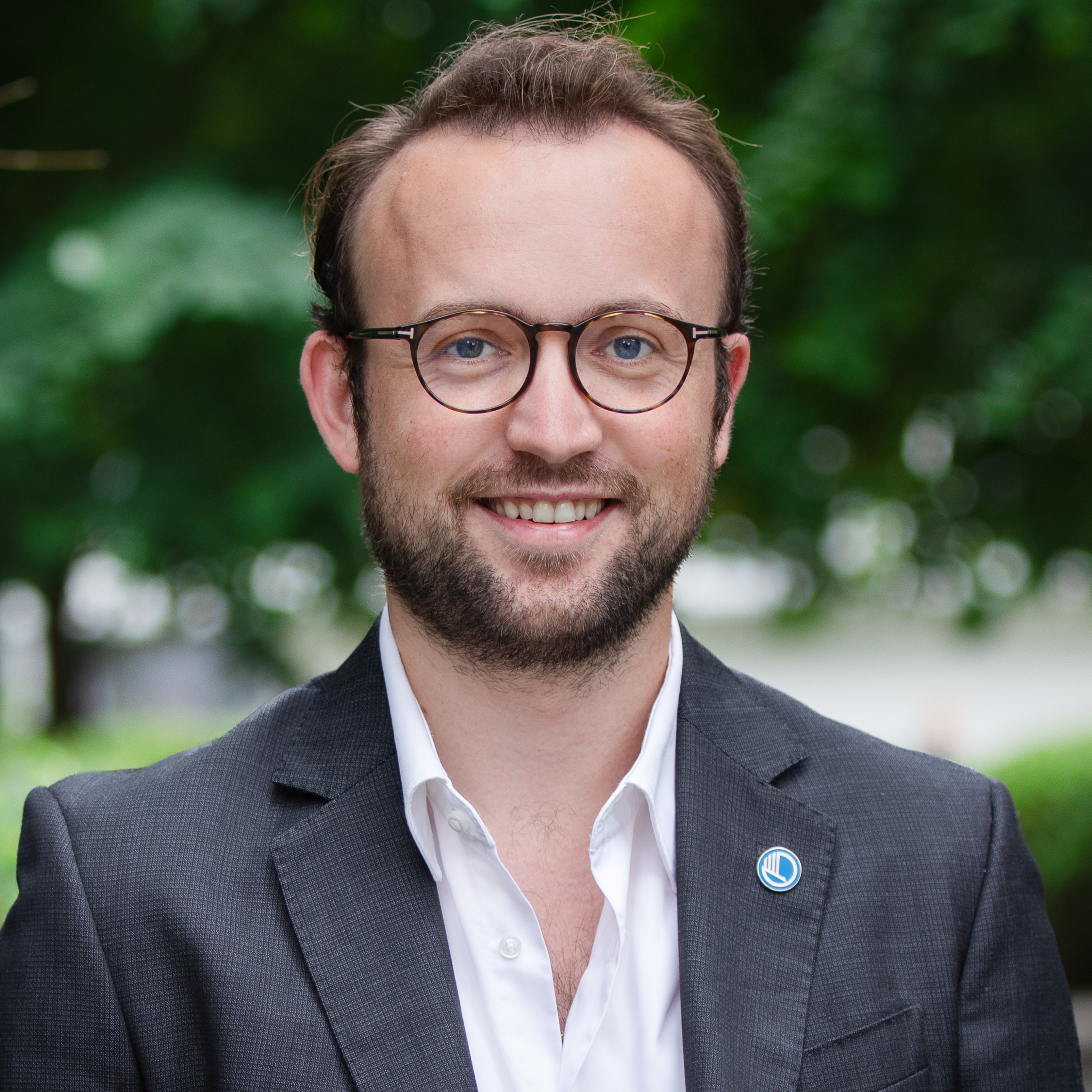
First work package of NEOs – “a great opportunity for future cooperation and ideas”
Nordic Energy Outlooks (NEOs) is a program with focus on cooperation between research institutions within the field of energy system analysis in the Nordic area. The program is financed by…
Nordic Energy Outlooks (NEOs) is a program with focus on cooperation between research institutions within the field of energy system analysis in the Nordic area. The program is financed by Nordic Energy Research, the Swedish Energy Agency, the Research Council of Norway, and the Danish Energy Agency. The Danish Energy Agency is also one of the project partners, along with the Royal Institute of Technology (KTH), the Swedish Environmental Research Institute (IVL), the Institute for Energy Technology (IFE), University of Oslo, NIBIO, and – last but not least – the designated project lead institution SINTEF Energy Research.
As lead institution, SINTEF is responsible for the overall coordination of the NEOs project and follows and participates in all four project work packages. Here, Ove Wolfgang, Research Scientist at SINTEF, sheds light on NEOs and its first work package (WP1), which runs from September 2021 till March 2022.

“The aim of NEOs involves learning more about the different methods and results in other research institutions, explaining differences between them, and discussing how methodologies can be further improved in future projects. In this way, NEOs works as a forum for energy system modelers in the Nordic region, which can give the seeds for future cooperation and even better models,” explains Ove. “The program is organized into four sequential work packages, lasting half a year each. Every WP considers an important aspect of leading the Nordic energy system towards low emission and eventually net zero emission.”

Bioenergy – a central brick in decarbonization
The aspect in focus within WP1 is bioenergy and agriculture, land use, land-use change, and forestry (LULUCF) in a Nordic context. “Bioenergy is a central brick in decarbonization,” says Ove. “There are actual physical emissions when using biomass for energy purposes, but the used bioresources extract CO2 from the atmosphere as they grow. Therefore, sustainable harvesting of bioenergy resources is considered emission free. The bioenergy can be converted to many different energy carriers, including heat, electricity, biofuel, biogas, and hydrogen, as well as other refined solids. Bioenergy combined with CCS is also a possibility to obtain negative emissions, which will be needed to reach a net zero target by 2050.” This relates to the forestry aspect in WP1, as forestry expertise is important in order to provide realistic boundaries for bioenergy from forests – boundaries that can and should be included, with corresponding cost curves.
Moreover, Ove describes WP1 from SINTEF’s project management point of view. He explains that “WP1 is where we together develop how we cooperate within the project. A lot of the planning done for WP1 can be recirculated for other WPs, even though the researchers will be at least partly different in the different WPs.”

Models in more specific
WP1’s focus on bioenergy and LULUCF goes hand in hand with the overall objectives of the NEOs program, while the particular research carried out within the program is further specified in the contract between the institutes in question and the financing partners. “Each research partner has specified a certain work, which develops and improves their methodologies and the input to their models. With better models and data, it will be possible to provide more realistic views on the development of the Nordic energy system. Thus, the research institutions will be able to produce more relevant knowledge for society in future projects,” says Ove. He gives us four examples of such specific research:
- Utilization of a pan-Nordic dataset in the TIMES model at IVL. This dataset will be further developed with respect to emission intensities on the basis of their review.
- Development of a Nordic dataset for the GENeSYS-Mod model. When this work is finalized, the model will be able to provide more detailed results for several Nordic regions, whereas computational time will be reduced due to less focus on some more distant European areas.
- Development of a Nordic dataset for the BeWhere model.
- A review of how results from Life Cycle Assessment (LCA) analysis can provide input to the general energy system models.

“The common deliverable from WP1 is a final report that will be presented at a final seminar in February/March 2022. That report will also include a section where we describe if the project findings can be used for giving input to the national energy and climate plans (NECPs) for Nordic countries represented in the project, and if there is a need for including a pan-Nordic view,” says Ove.
Opportunities and challenges
According to Ove, NEOs is a great opportunity for realizing future cooperation and for developing ideas of what the future could hold. “NEOs is a fantastic opportunity for the research institutions involved,” he says. “As the program focuses on collaboration for the future and on understanding why different models produce different outcomes, it enables in-depth discussions about and insight into the different methodologies between the project partners. Therefore, we get a better grasp of the corresponding features and intended purposes. Also, one should not underestimate the value of new researchers getting to know each other.”
When it comes to challenges, Ove mentions two main issues regarding the program coordination. The first is COVID-19. “Until late November, we did not have any physical meetings, and with the current developments it is unclear whether the final seminar can be a physical one or if it must be digital,” says Ove. The second challenge has been to coordinate project partners with individual plans and contracts at the same time as a shared deliverable is expected from the WPs. “Therefore,” says Ove, “we have put effort into establishing a common plan and timeline for the development of the deliverables.”
Upcoming conclusions
So, what conclusions has WP1 come to, so far? Ove points out a twofold division. On the one hand, there are the project outcomes within the coordination part, and on the other, there are specific parts carried out at each research institute. As for the coordination part, the establishment of a collective understanding of the methodologies involved in WP1 is an important result. “We have developed a skeleton for the final report, which is fit both for the individual research planned in each institute, and as a frame for all the work. The specific work to be carried out in each research institute will, according to the current plan, be presented in an internal digital meeting in December,” explains Ove.
As WP1 is finalized, WP2 will start – and the plans for the WP2 kick-off have just been initiated.
More detailed information on the NEOs program plan here.

